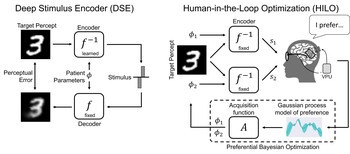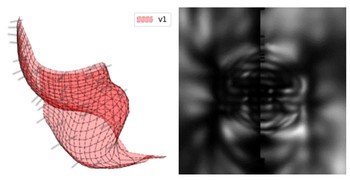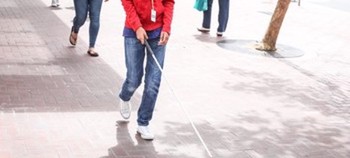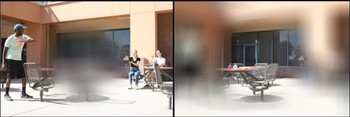Rather than predicting perceptual distortions, one needs to solve the inverse problem: What is the best stimulus to generate a desired visual percept?
Topic: Psychophysics
Researchers Interested in This Topic
Byron A. Johnson
PhD Candidate
Lily M. Turkstra
PhD Student
Research Projects
Predicting Visual Outcomes for Visual Prostheses
What do visual prosthesis users see, and why? Clinical studies have shown that the vision provided by current devices differs substantially from normal sight.
Understanding the Information Needs of People Who Are Blind or Visually Impaired
A nuanced understanding of the strategies that people who are blind or visually impaired employ to perform different instrumental activities of daily living (iADLs) is essential to the success of future visual accessibility aids.
Simulating Visual Impairment
How are visual acuity and daily activities affected by visual impairment? Previous studies have shown that vision is altered and impaired in the presence of a scotoma, but the extent to which patient-specific factors affect vision and quality of life is not well understood.
pulse2percept: A Python-Based Simulation Framework for Bionic Vision
pulse2percept is an open-source Python simulation framework used to predict the perceptual experience of retinal prosthesis patients across a wide range of implant configurations.




